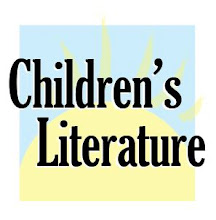The following is the fifth part in a six part series written by CLCD President Marilyn Courtot. Aimed at reviewers and writers, we will be running a new part every month.
Types of Books
Balance
Ninety-nine percent of children’s book manuscripts are turned down because the author has nothing to say, the story is unclear or not pertinent to a child’s world, the plot is shopworn, characters are stereotyped, or overall the book is not balanced.
For a book to be in balance, it is important that all the components be right for the target age group and the story. In a picture book targeted to four-year-olds, the theme may be a power struggle with a parent in a story of a child’s refusal to eat vegetables. The same theme, in a book for eight to twelve-year-olds might develop a plot line relating to overeating or bulimia. Not eating vegetables could be a minor theme or plot line.
A really good book moves a reader emotionally. Pity, sorrow, joy, anger, and other emotions become vibrant. The emotional quality is critical because the world is complex, and often it is only on the emotional level where the lives of children and adults can intersect. The emotion must be effective and without sentimentality. The theme is where the search for emotional qualities starts.
In general, a picture book should have only one theme. Books for older children can have one or more themes or a theme and subthemes. When children read a book and subsequently are asked about the focus, the real test is what they remember or take away. For example, if the story is about a brother and sister who fight a lot-sibling rivalry is the theme. The theme is the ultimate truth that stays with the reader. The theme helps children make sense of the world, but it is not the same as a message or license for teaching and preaching. Books and reading are fun, and if children can learn something at the same time, so much the better.
Marilyn Courtot
Publisher and Editor
CLCD
Subscribe to:
Post Comments (Atom)





No comments:
Post a Comment